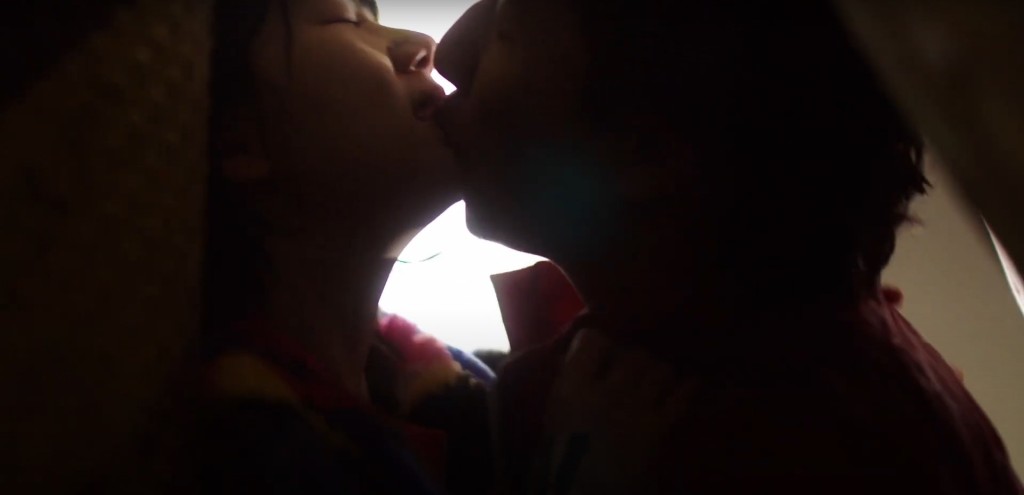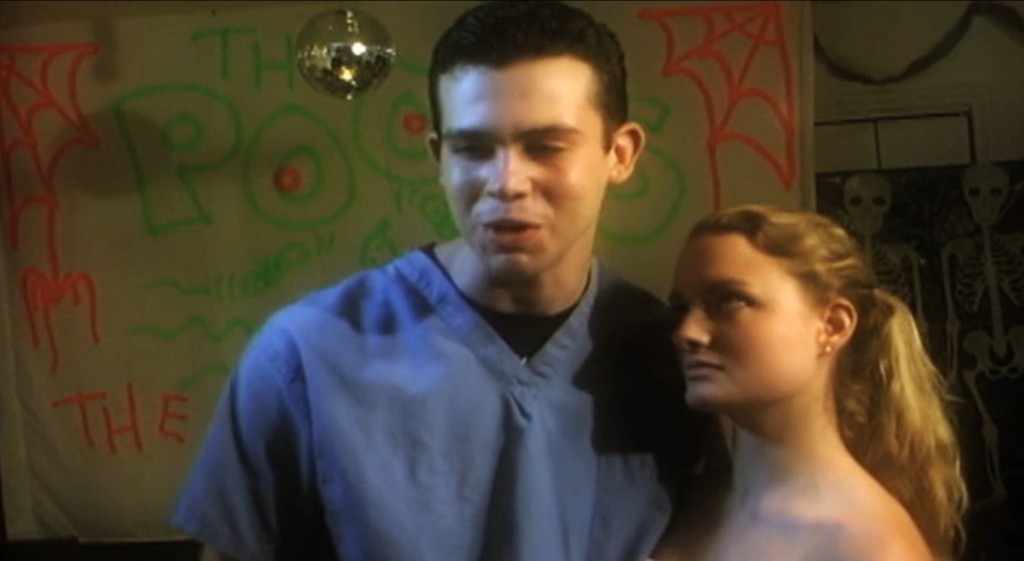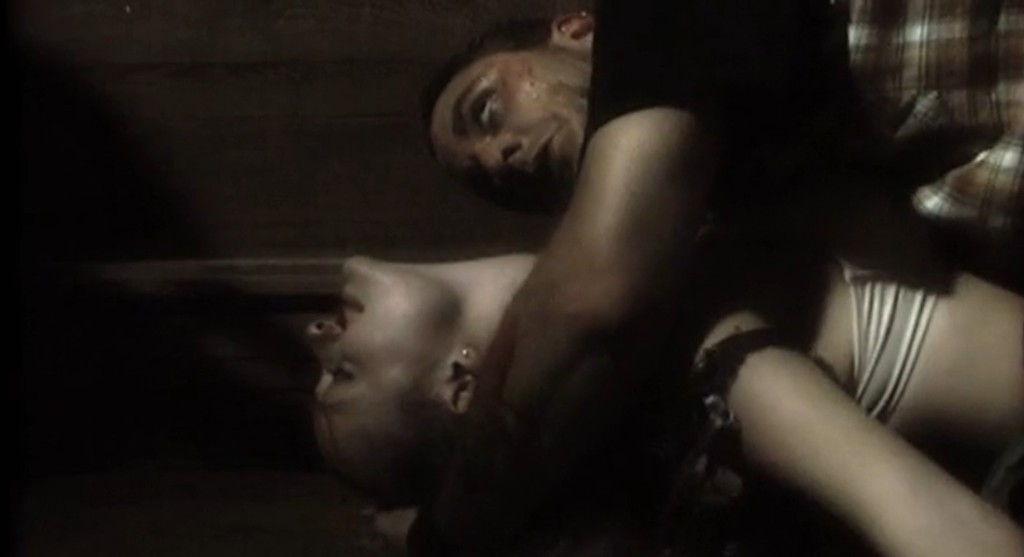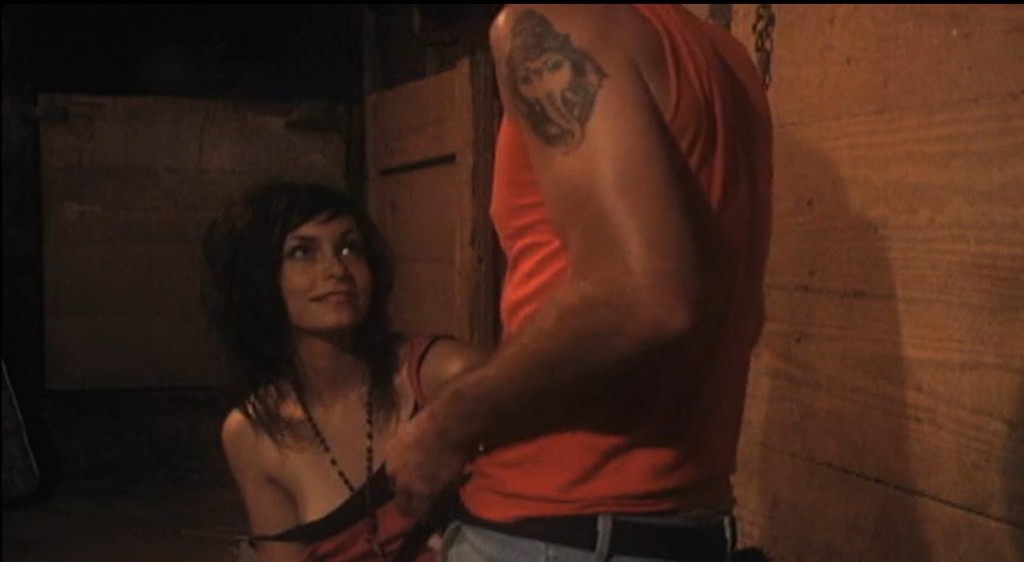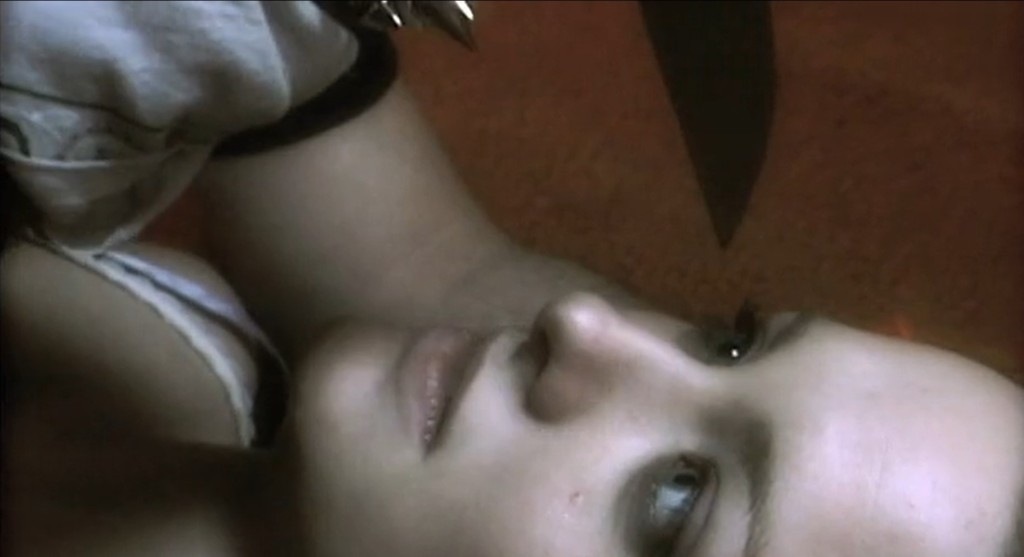
Merry Christmas, You Filthy Reindeers! “A Very Flattened Christmas” Blu-ray on Amazon.com!
A roadkill collection company mourns the sudden death of one of their former employees who was murdered in a seemingly drug deal gone bad. Max, also a former roadkill company employee, returns to town to pay his respects to his close friend and colleague but the funeral is everything but cordial and of decorum when Rick, another former roadkill company employee turned famous yet narcissistic filmmaker on the verge of releasing another installment of his popular Dick Puncher series, makes trouble not only at J’s funeral but also at the company’s Christmas party. Max’s friend, conspiracy theorist Dan, becomes lead suspect in J’s death, and detectives Bradley and Francine search for clues and interview those involved with the deceased. Soon, they and all other employees become intwined in all the roadkill company drama for all the wrong reasons when a killer dressed in a menacing reindeer outfit has set out to slay all employees, past and present, this Christmas.

Based on the Shane Wallace created six-episode comedy web series “Flattened,” premised with precursory characters Max, Dan, and J involved in roadkill company hijinks and drugs, Wallace’s feature length, Christmas holiday-themed, and company slasher film serves as a direct follow up to the web series filmed in and near Wichita, Kansas and released between 2016 and 2017. Titled “A Very Flattened Christmas,” the 2024 story continues the trio’s story, picking up years later after all the interned employees have moved on with their lives from scooping up animal carcasses from off the local highways and backroads and started different career pathways, such as becoming a highly famed filmmaker, and but their newfangled lives become jeopardize by an evil reindeer taking them out one-by-one. Different Day Pictures returns to produce the venture backed by crowdfunding through GoFundMe with film’s star Key Tawn Toothman serving as producer.
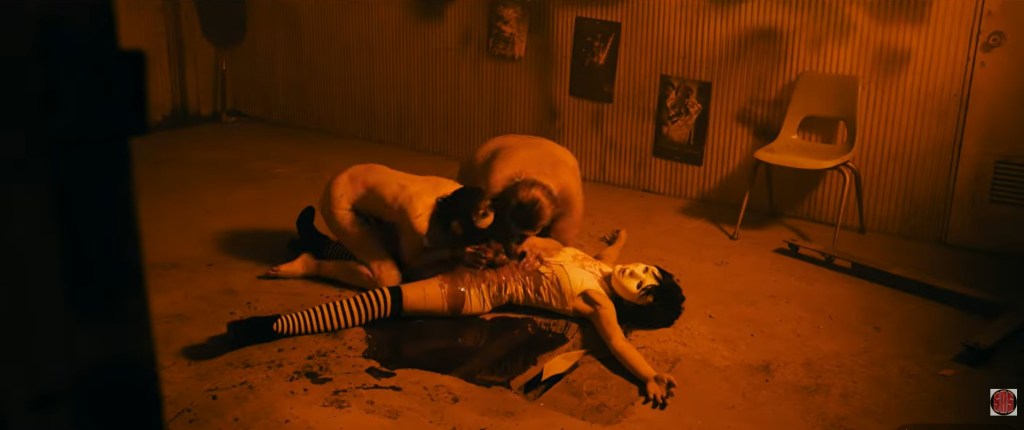
The returning web series cast carry little over from the series into the feature film other than selective series moments displayed in a snow globe during the credits, which doesn’t explain much if, like in myself, you’ve never seen, or even heard of, the web series, and the multiple mentioned fact that characters once worked at the roadkill company. That’s about as much backstory you’ll get to catch up into a whole new venture for Max and gang that are no longer in the dirty business of carcass removal but are in the business of being preyed upon by a reindeer masked killer, a complete 180 degree turn of events from the comedic web series. This particular Christmasy, slasher sequel follows Max (Key Tawn Toothman) having returned to town to attend his friend J’s (Naythan Smith) funeral. Max’s grounded for social facets with level-headed awareness and a good sense of judgement making him well liked amongst current employees of the company but that also makes him an easy target for former employees turned narcissist filmmaker Rick (Jesse Bailey) and conspiracy theorist Dan (Trevor Vincent Farney) who clings on him with his paranoia drivel. Between the two, Rick receives substantial backstory material with news story and commercial hype for his upcoming Dick Puncher film but receive little context to Dan’s rants and ravings that are more like an annoying friend’s unconscious conversational narcissism. Max is balanced out by allies within the company like receptionist Jerry-Ann (Beckie Jenek) and mobile carcass scraper Lorribell (Paul Makar), both of him have to work on Christmas, begrudgingly, but all are fair game for Red Eyes (Lucas Farney) with a mangy Reindeer mask in a mall Santa suit killing off Max’s friends and enemies alike and while Max and his love interest Maddie (Kaemie McCanless) along with detectives Bradley (Mark D. Anderson) and Francine (Shanna Berry) work to uncover the truth, led on red herring, and fight for their own survival, the body count continues to collect those staple to the “Flattened” series, turning every character fair game to be trampled by the Reindeer masked killer. Mark Mannette, John Doornbos, Noah Farney, Blaine Frazier, Nora Graham, and Dean Kavivya costar.
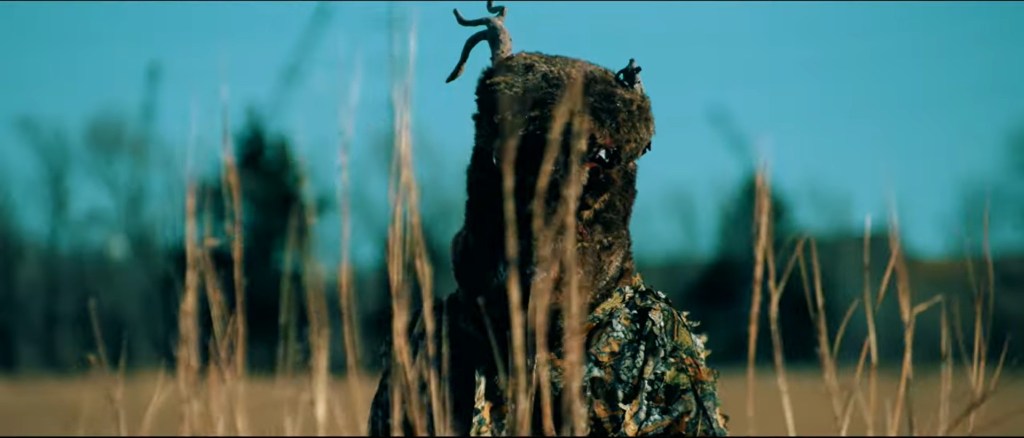
The Christmas season may be over and Santa has packed it in for another 364 days, but no Christmas horror movie, especially released during the season, should be left unturned over and “A Very Flattened Christmas” receives a platform as we continue to celebrate the 12-days of Christmas with a series-based slasher that concludes the “Flattened” troupe’s run by killing off its beloved characters. “A Very Flattened Christmas” continues the campiness with a dry humor, dark comedy affair that plays like a family get together that has gone down the drain with rekindled friends and enemies swirled into a nutmeg batter of one maniacally, reindeer-and-Santa Claus-garbed killer’s cake mix. The feature tiptoes ever so gradually away from the roadkill company despite keeping the series’ Flattened in the title as the chaos spills out into other portions of town without the whiff of decaying animal corpses; instead, the corpses of Max’s acquaintances are the ones who are being flattened, literally. The masked killer has strong threat appeal and wields an array of offings in favor of the story as Wallace uses death gags and some practical effects to shoulder the horror weight but there’s also a fair amount of visual blood spurt’s that speak to its budget limitations and crowdfunded castrations. The killer twist is palpable enough though leans into overt tells some but the one thing this themed slasher really needed, as much as it also needed more series context in the jump from a television show to a feature film, is to up the Christmas tinsel with seasonal carnage to turn the merriness on its head by decapitating it.

Keep the holiday spirit going with “A Very Flattened Christmas” on an SRS Cinema Blu-ray. The AVC encoded, 1080p resolution, 25 gigabyte BD-R offers a solid image quality under the technical low bar circumstances. Details are sharply outlined, distinct, and without fuzzy aliasing, splotchy spots, or other associated compression issues. There’s some banding along the darker shades but nothing too big to gripe about. The details are hit or miss depending on the scene difficulty and substandard lighting but the achievement of corporal tactiles on an SRS Cinema Blu-ray is a little triumph for the release and that is what is accomplished here. The full-blown animation portion is top-notch work for something of a skit gag that lands with confidence. The English language LPCM 2.0 has little authority behind it’s acoustical dynamics and projecting strength, but the dialogue is overall clear and present, ample and adequate by all means of the sound design without underscoring the horrific highlights of a holiday horror film, such as the hits and action of the evil reindeer’s sojourn slaughter through the Max’s rolodex of friends. Daron Kelp and Dave Baker’s eclectic soundtrack of rattling synth keyboard and haunting sustained chords peppered with full length vocal tracks. There are no subtitles available. Special features include a director and producer commentary track parallel to the feature, an alternate scene, deleted scenes, the film’s trailer, an animated trailer, “Flattened” series pilot episode, and other SRS Cinema trailers. The Amaray Blu-ray is about as physically scanty as they come with only an illustrated cover art of the Santa-cladded reindeer (looks like a rat to me) overtop and about to take hold a snowy covered town in its bloodied shovel grasp. SRS Cinema has always been able to produce neat art for their releases to bedazzle slightly the rudimentary in-hand. The not rated release has a runtime of 92 minutes and is region free unlocked.
Last Rites: Santa has packed it in for the year but in horror, Christmas can come at any time of year. “A Very Flattened Christmas” is a welcomed addition to the holiday clash subgenre with a formidable villain, decent kill decimating, and great soundtrack but be forewarned of its spotty at best storyline, some bad CGI bloodletting, and humorlessly dry jokes.















